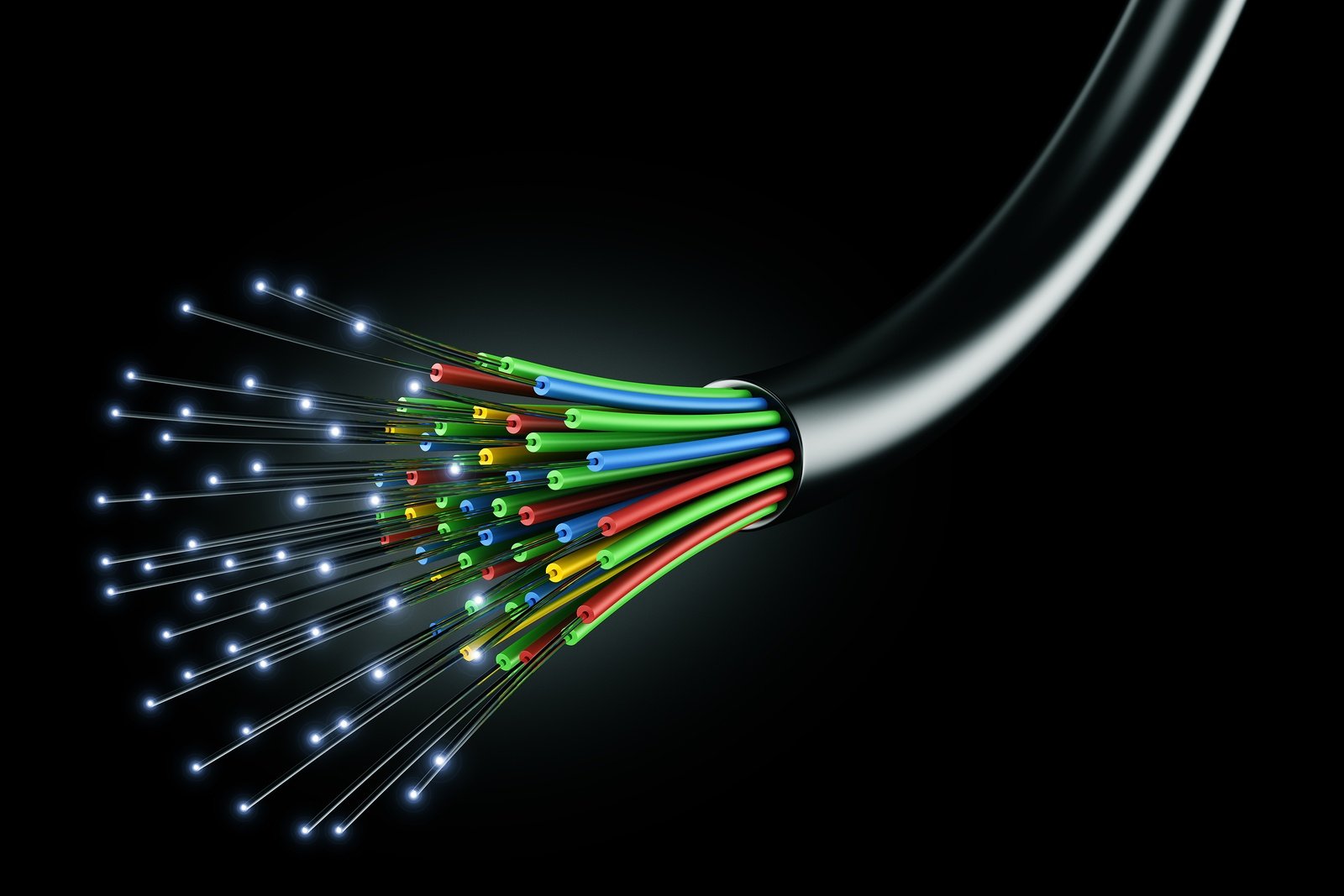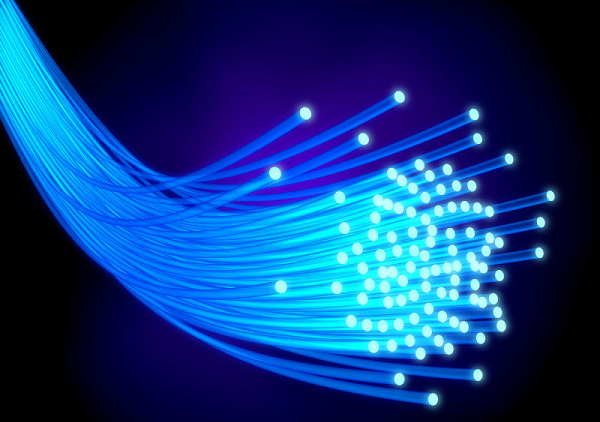Fiber optic technology has revolutionized data transmission and communication in the digital age. Unlike traditional copper wire networks, fiber optic cables use light pulses to transmit data quickly and efficiently over long distances.
This cutting-edge technology has transformed industries such as telecommunications, internet services, and data centers. With its high-speed capabilities, increased bandwidth, and immunity to electromagnetic interference, fiber optics are essential for seamless connectivity in our interconnected world.
Importance of Fiber Optic Networks in the Digital Age
Fiber optic networks are crucial in today’s interconnected world. They enable seamless communication, high-speed internet access, and efficient data transfer for businesses and individuals.
From streaming HD videos to conducting online transactions or remotely controlling smart devices, fiber optics provide the backbone for an increasingly connected society. These networks offer lightning-fast internet speeds, reliable connections, and the capacity to handle large volumes of data without degradation.
They also attract businesses that require robust connectivity, contributing to economic growth. In short, fiber optic networks play a vital role in our modern world by supporting the fast and reliable transmission of information in a digitally-driven age.
Growing Demand for High-Speed Internet and Connectivity
The demand for high-speed internet and seamless connectivity is skyrocketing as our reliance on technology continues to grow. With the prevalence of smart devices, remote work and online learning, and emerging technologies like virtual reality (VR) and augmented reality (AR), the need for faster data transmission has become imperative.
Smartphones, tablets, smart TVs, and other connected devices have become an integral part of our lives, requiring uninterrupted access to online content and services. Businesses and educational institutions increasingly rely on digital platforms for collaboration and communication, making a robust internet connection essential for productivity.
Additionally, immersive technologies like VR and AR require massive data transfer in real-time.
To meet this escalating demand, fiber optic networks have emerged as the ideal solution. Unlike traditional copper cables, fiber optics use light signals to transmit data over long distances with minimal loss. This enables them to achieve incredibly fast speeds while maintaining reliability and stability.
Investing in fiber optic companies becomes crucial in ensuring seamless connectivity for individuals and businesses alike as technology advances and our reliance on digital platforms deepens.
Overview of Publicly Traded Fiber Optic Companies
Fiber optic technology has transformed the telecommunications industry, driving up the demand for fiber optic networks. This surge in demand offers investors an opportunity to participate in the success of publicly traded fiber optic companies.
Key players in this market include Company X, a global leader in advanced fiber optic solutions; Company Y, specializing in fiber optic infrastructure for data centers; and Company Z, offering a wide range of fiber optic products and services.
Investing in these companies allows individuals to become partial owners and potentially profit from their success. By understanding the significance and potential of publicly traded fiber optic companies, investors can make informed decisions and benefit from their growth and financial achievements.
Benefits of Investing in Fiber Optic Companies
Investing in fiber optic companies offers substantial benefits due to the increasing demand for high-speed internet and connectivity. These companies have long-term growth potential, driven by advancements in technology and the need for faster data transmission.
Investing in fiber optic companies provides a sustainable opportunity for investors seeking stable returns, as the demand for fiber optic networks is expected to remain strong. Additionally, these investments offer resilience during economic downturns, making them attractive for risk-averse investors.
Overall, investing in fiber optic companies presents an opportunity to capitalize on the growing reliance on high-speed internet and the promising future of this industry.
Market Analysis and Trends
A thorough market analysis of the fiber optic industry is essential for investors to understand its current size and projected growth. By examining industry reports, forecasts, and trends, investors can make informed decisions about their investments.
They should also stay updated on regulatory changes and government initiatives that can significantly impact the industry’s growth prospects. Policies encouraging broadband expansion or supporting 5G infrastructure development are particularly important to monitor.
This information helps investors identify opportunities and challenges within the rapidly evolving fiber optic market.
| Heading | Content |
|---|---|
| Market Size | – Number of subscribers – Revenue generated – Overall market value |
| Projected Growth | – Increasing internet penetration – Rising demand for high-speed connectivity – Advancements in telecommunication infrastructure |
| Regulatory Environment and Government Initiatives | – Government regulations and their impact on market expansion – Policies encouraging broadband expansion – Support for 5G infrastructure development |
Financial Performance and Stability of the Company
Analyzing a company’s financial performance is crucial before making investment decisions. Key factors to consider are revenue growth, profit margins, cash flow, debt levels, and financial ratios.
Revenue growth indicates if the company is expanding its customer base or introducing new products/services successfully. Profit margins reflect efficient cost management and competitive advantage. Positive cash flow generation shows sound financial management and reduces bankruptcy risk.
Examining debt levels relative to earnings is important. High debt may indicate poor financial management, while low debt provides flexibility for growth initiatives. Financial ratios like return on equity (ROE) measure profit generation from shareholder investments. The debt-to-equity ratio reflects leverage and financial structure.
Considering these factors helps investors understand a company’s financial stability and make informed decisions aligned with their goals.
A Case Study #1: Company X – Revolutionizing Telecommunications
Company X is a global leader in developing advanced fiber optic solutions, transforming the telecommunications industry. With a focus on innovation and cutting-edge technology, they provide products and services for telecommunications, data centers, and enterprise networks.
Their financial performance highlights include robust revenue growth driven by increasing demand for their innovative fiber optic technologies. Through strategic partnerships and acquisitions, Company X has expanded its market share within the fiber optic industry.
Their commitment to research and development keeps them at the forefront of technological advancements.
[lyte id=’4DIKVVY5NbA’]






